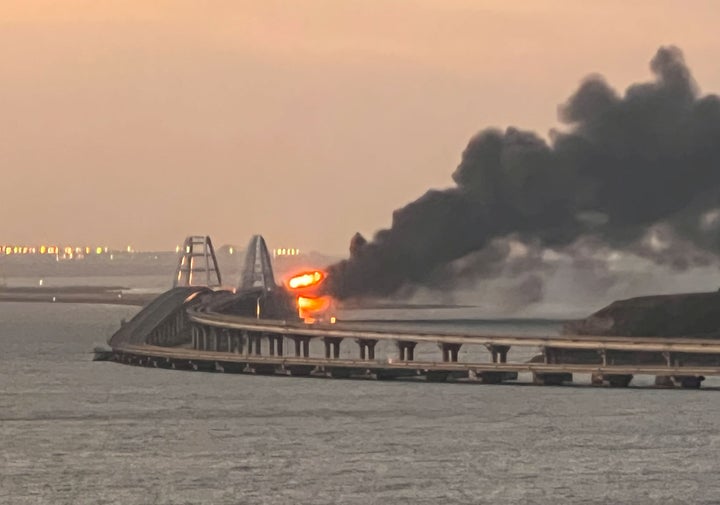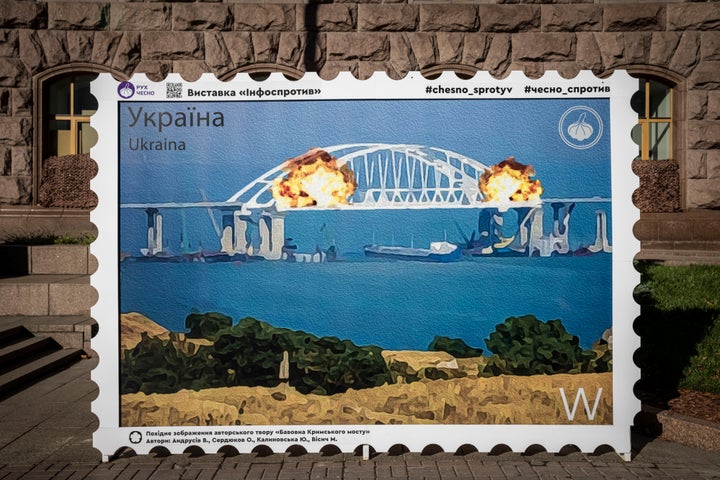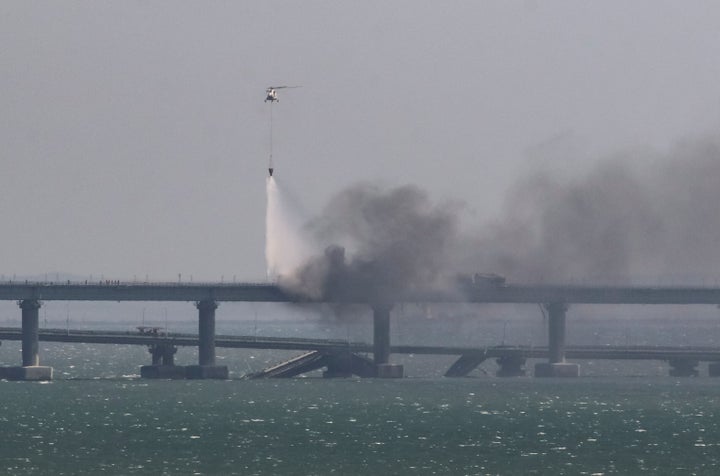By David French
Opinion Columnist
While it’s far too soon to tell whether Israel’s military strikes will cripple or even substantially set back Iran’s nuclear program, the necessity of stopping Iran’s march to a bomb is far more clear today than it was even three years ago.
Two things have happened since President Trump’s first term that alter the strategic calculus: Russia invaded Ukraine, and Hamas massacred Israeli civilians.
The first event taught the world a lesson it shouldn’t forget. When a nuclear-armed nation engages in armed aggression, the rest of the world’s options narrow considerably. If Russia didn’t possess a nuclear deterrent, it’s highly likely that Western support would have been more immediate, more intense and more decisive.
Instead, Western powers were often slow to approve new weapons transfers, and when they did provide more capable weapons, they initially placed sharp limits on their use. Western aid certainly kept Ukraine alive, but restrictions on that aid have inhibited its defense.
One could easily imagine a NATO-enforced no-fly zone, or granting Ukraine weapons and a freedom of action to use those weapons that is more similar to the freedom Israel currently enjoys. But at every step Western powers have worried that they might be pushing Russia too far. This means that aid has often been too slow and too limited to give Ukraine a viable chance of reversing Russian gains.
Russia’s nuclear arsenal, in other words, serves as the world’s most dangerous insurance policy. It grants Russia the ability to launch aggressive military operations while also exercising at least some degree of control over the armed response.
North Korea’s nuclear arsenal serves the same purpose. It means that Western powers can’t really contemplate the same kind of military actions that ultimately ended Saddam Hussein’s regime in Iraq or Muammar el-Qaddafi’s regime in Libya.
While the West might look at both interventions as cautionary tales (they unleashed considerable disorder), dictators look and see something else: a gruesome end to despotic regimes, an end they desperately want to avoid for themselves.
Now, imagine Iran with even a modest nuclear arsenal. Even if it didn’t try to obliterate Israeli cities, it could use its arsenal to grant it a freedom of action in conventional war that it currently lacks. Like Russia, it could be relentlessly aggressive at the same time that its nuclear weapons could maintain the regime, even in the face of military defeat. They would constrain Israel’s ability to defend itself.
Editors’ Picks

Go Ahead, Have a ‘Fridge Cigarette’

What Is Tapping, and Can It Really Improve Mental Health?

How a Neon Light Artist Spends Her Day in the Studio
At the same time, Israel is living with the reality since Oct. 7, 2023, that its enemies will directly target civilians, massacre them on video and celebrate their deaths. Is there a sovereign nation on the planet that would then permit its chief adversary — the primary military backer of its terrorist enemies — to possess the ultimate weapon of mass destruction if it believes it can do so at a reasonable military cost?
In fact, Israel has a much better window of opportunity to stop Iran’s race to a bomb than either India or Pakistan had to stop each other’s nuclear program — or than the United States and South Korea had to stop North Korea. Each of those nations possessed enormous, intact conventional forces that would have made any military intervention extraordinarily costly.
Iran’s military capabilities, by contrast, have been sharply degraded. It still retains the ability to strike Israel with its missiles (it hit Tel Aviv on Friday, causing some damage), but Israel has a capable missile defense. Its proxies in Gaza, Lebanon and Syria have suffered a series of catastrophic military defeats. And previous attacks from Israel damaged Iran’s air defenses. Iran is weaker than it’s been in years.
None of these arguments mean that Israel will prevail or that the strikes will prove effective or wise in the long term. We have to wait on the results of the conflict to understand that. But for now the combination of Iran’s weakness and the catastrophic consequences of an Iranian bomb mean that Israel’s strikes are both more justifiable — and more likely to succeed — than at any time in the recent past.

 President Volodymyr Zelensky of Ukraine said on Monday that Sunday’s drone strikes, known as Operation Spider Web, had “seriously weakened” Russia’s military operations.Credit...Emmanuele Contini/NurPhoto, via Getty Images
President Volodymyr Zelensky of Ukraine said on Monday that Sunday’s drone strikes, known as Operation Spider Web, had “seriously weakened” Russia’s military operations.Credit...Emmanuele Contini/NurPhoto, via Getty Images



 Russian President Vladimir Putin has said Moscow is ready for direct peace talks with Ukraine. PHOTO: GAVRIIL GRIGOROV/AGENCE FRANCE-PRESSE/GETTY IMAGES
Russian President Vladimir Putin has said Moscow is ready for direct peace talks with Ukraine. PHOTO: GAVRIIL GRIGOROV/AGENCE FRANCE-PRESSE/GETTY IMAGES



